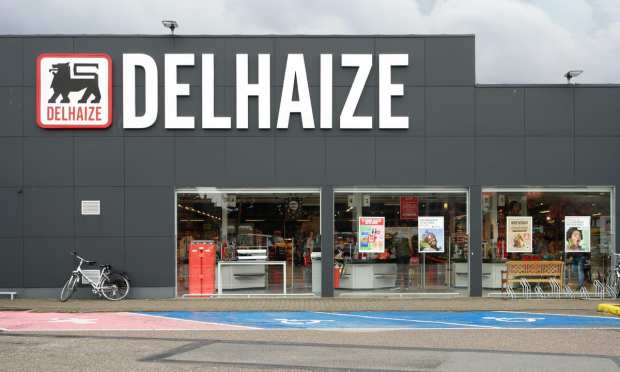Grocery Round-Up: Ahold Delhaize Surges, Whole Foods Struggles With Labor Woes

No matter how one voted in this week’s U.S. presidential election, the inescapable fact is that we all have to eat – which means the race to dominate the grocery vertical continued to move briskly in recent days, even as the election remains unsettled.
Ahold Delhaize logged a strong Q3 performance, largely due to investments in digitizing its business. Meanwhile, consumer concerns about mounting food prices ticked up going into the high-traffic holiday shopping season.
Here’s a look at the week’s major developments:
Ahold Delhaize’s Solid Q3
Global grocery giant Ahold Delhaize – the parent company of Food Lion, Giant, Stop & Shop and other chains – reported a solid Q3 performance. Same-store sales were up 12 percent in the U.S. (7.5 percent in the EU), with net sales up 6.8 percent to €17.8 billion. A strong performance, President and CEO Frans Muller noted, largely attributed to upgraded digital and omnichannel services for consumers.
“Our results reflected our ability to leverage our leading local digital and omnichannel platform, which generated nearly 115 percent net consumer online sales growth in the U.S. and nearly 50 percent growth in Europe in the quarter, at constant exchange rates,” Muller said. “While there remains a high level of uncertainty in the market, our strong year-to-date performance allows us to raise our 2020 underlying EPS outlook once again.”
Those results affirm what Ahold Chief Information Officer Ben Wishart told PYMNTS’ Karen Webster in a recent interview about how critical digital services have become in recent months.
“We’ve seen a massive increase in demand for eCommerce for our business,” Wishart said, noting the challenge every organization in the world has faced in meeting that overnight surge of demand. The question now, he said, is how much of the demand will continue when COVID-19 has passed. Some of it will ease off, he noted, but Ahold’s bet, successful so far, is that it won’t ever go back to where it was, because consumers have gotten very used to the convenience of digital service.
Strike Looms in Whole Foods’ Supply Chain
A brewing labor scuffle between about 100 New York-area truck drivers delivering to Amazon’s Whole Foods may be heading toward a strike, according to New York Post reporting.
Teamsters Local 445 members argued that their Whole Foods-owned employer, United Natural Foods, has refused to give them basic protective equipment, including masks and hand sanitizer, and that their trucks are not being routinely disinfected.
“Initially, UNFI was providing these supplies, but then it fell by the wayside this summer and the drivers have been cleaning their own trucks and buying their own equipment,” said Martin Perry, a driver for UNFI for more than six years.
UNFI spokesman Jeff Swanson denied the accusations and said the labor union was “disseminating falsehoods and shamelessly exploiting the pandemic in an effort to try gaining negotiating leverage.” He also affirmed that the company has “robust contingency plans” should a strike occur.
Whole Foods has not yet responded to media inquiries about the issue.
Consumers’ Rising Food Cost Concerns
New data indicate that consumers are increasingly concerned about the cost of their groceries, with nearly half of all respondents in the dunnhumby Consumer Pulse Survey reporting poor personal finances and 91 percent actively watching grocery store prices.
“We are now seeing a major pivot, with consumer focus turning away from the virus itself to now being more concerned with increasing food prices while the economy and their personal finances are deteriorating,” said Jose Gomes, president of North America for dunnhumby, which has its U.S. headquarters in Chicago. “Retailers need to take note that most shoppers right now are on the hunt for more value by shopping at stores with regularly low prices, while also seeking discounts and promotions.”
Those rising concerns align with increasing prices: The survey respondents’ concerns about higher food prices align with the latest Consumer Price Index (CPI) for food, which found that U.S. food prices had increased by 4.1 percent year on year in August. In addition, grocery prices have increased 3.3 percent.
